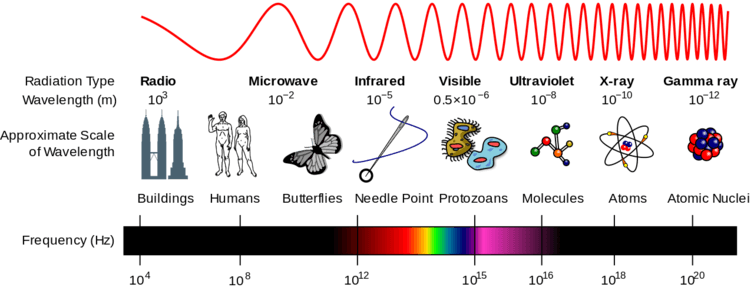As Sunscreen Demand Grows, So Does Its Ingredients Market
We’ve previously mentioned how consumers worldwide are showing their desire for stronger sunscreen products, driving a growing global market for higher-SPF protection.
Now there’s even more research to show the effects that demand is having, and how it will continue into the next decade, by tracking its impact on the worldwide market for a specific set of ingredients: UV filters.

A growing market in fighting the sun
One key driver, it says, is a rising demand for anti-aging hair care products. This segment is expanding and proliferating because of the great variance in colors, textures and types of hair found around the world, or even within a single geographic market.
Another driver? The increasing adoption of multifunctional anti-aging personal care products. Advances in formulation have “revolutionized” anti-aging products to satisfy consumer demand for antioxidants and hydration to be included in their products of choice. able to reverse aging by affecting skin at the cellular level.
An analysis by Technavio points to the increased use of UV absorbers in many anti-aging products like lotions, moisturizers, and gels, and the introduction of nanparticles in UV filters: nanoparticles of Zinc oxide (ZnO) and titanium dioxide (TiO2) are seeing increased inclusion in sunscreens, since they’re more efficient for formulators to use than larger particles.
One other factor that may affect growth in UV filters is regulatory. Countries may revise what they perceive to be approved ingredients on the basis of expanded understanding of all the damages sunlight can wreak.
For instance, in the U.S., the F.D.A. regulates sunscreens as drugs. Since Americans were historically more worried about protecting against sunburn, 14 molecules that block sunburn-inducing UVB rays are approved for use.
Only two UVA-blocking molecules are available in the United States, which speaks to the fact that we didn’t grasp the effects of UVA until recently. That may change, and more ingredients may see U.S. approval in years to come.

Photo by Inductiveload/NASA
